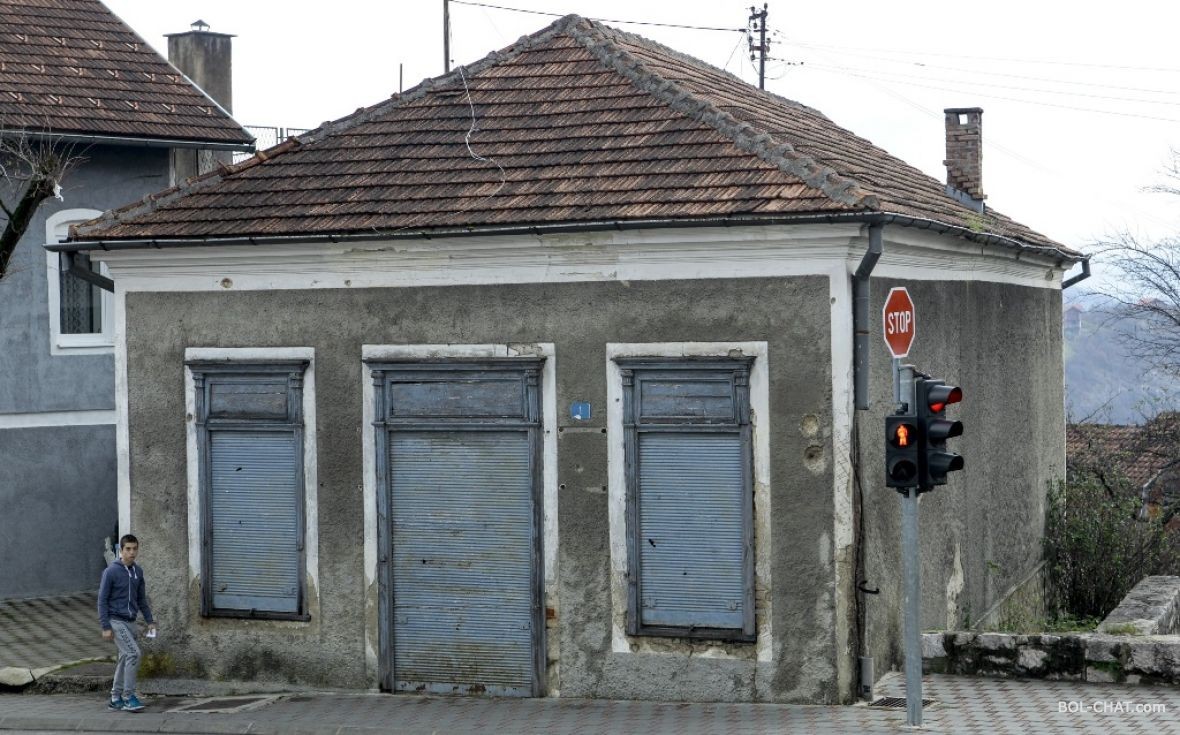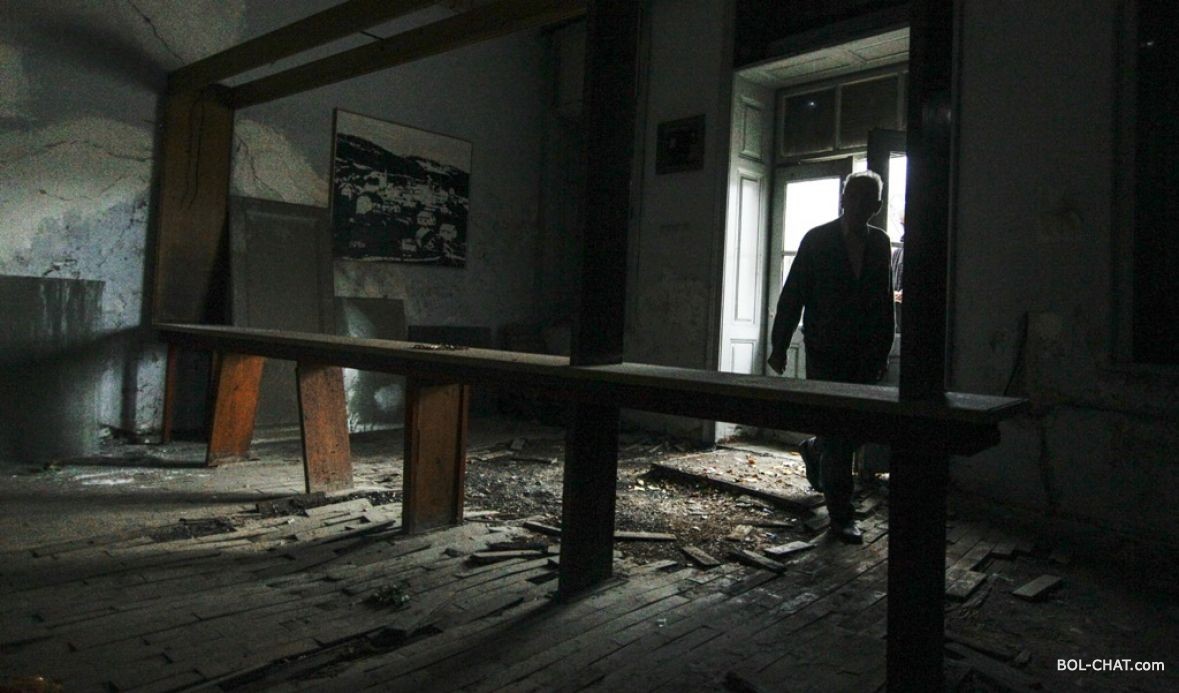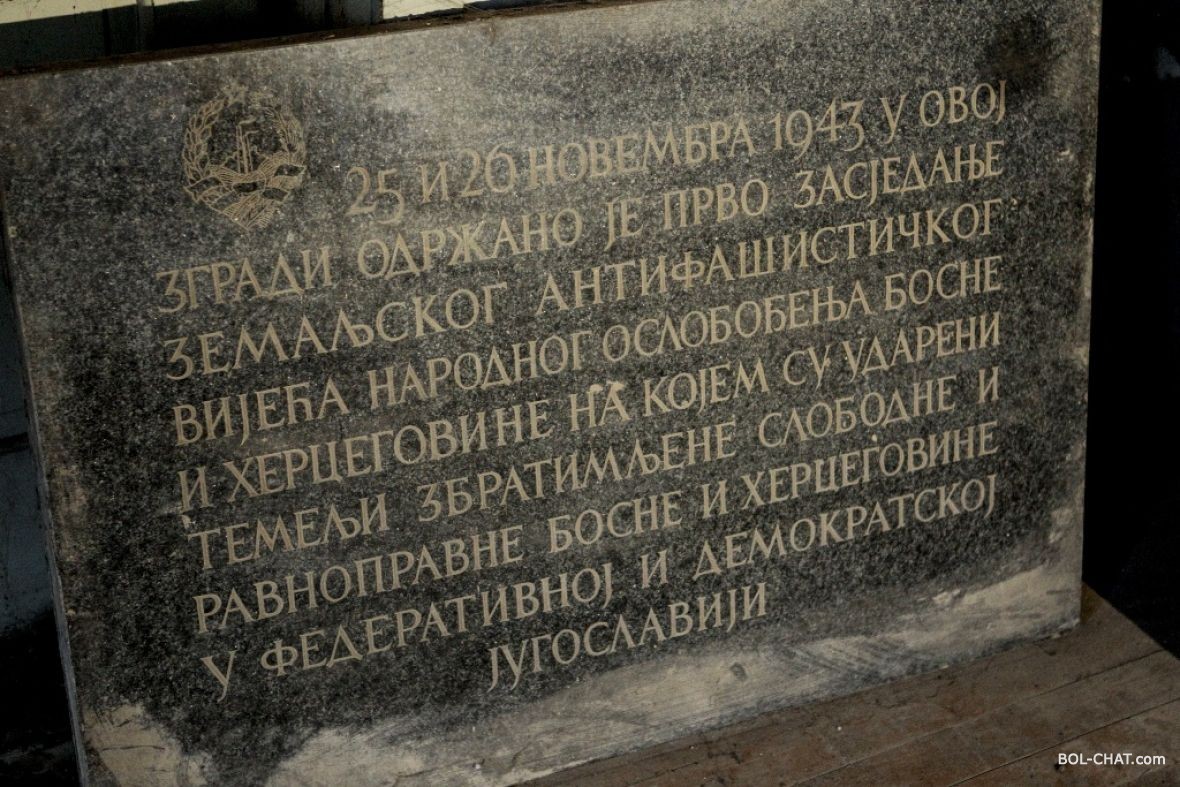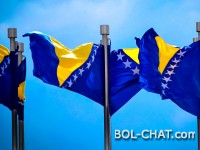Mrkonjić-Grad / The place where the first time ZAVNOBiH was seated is mentioned only on November 25th
The place where the first session of the ZAVNOBiH was held 74 years ago, at which decisions were made on the restoration of the statehood of Bosnia and Herzegovina, is mentioned mainly on this day.

Mrkonjić Grad is a small town in the western part of Bosnia and Herzegovina, located almost halfway between Sarajevo and Bihać.
The first session of the ZAVNOBiH started in Mrkonjić Grad on November 25, 1943, at 7 pm. It was concluded the same night (November 26th) at 4 am. The first session of the National Anti-Fascist Council of People's Liberation of BiH-ZAVNOBiH, which was the constituent assembly, was held in the presence of 141 delegates, of 173 delegates. ZAVNOBiH was established as the central political representation of the National Liberation Movement (NOP) and the highest authority of the national authority of Bosnia and Herzegovina.
The councilors adopted the Resolution of the ZAVNOBiH and the Proceedings of the Peoples of Bosnia and Herzegovina in which it is emphasized that in the future BiH and its peoples in the country and abroad can only represent ZAVNOBiH and AVNOJ.
These acts express the determination of the people of Bosnia and Herzegovina to ensure that their country, which is neither Serbian, nor Croatian, nor Muslim, but also Serbian, Muslim and Croat , is a community that ensures full equality of all Serbs, Muslims and Croats. A delegation of 58 members was elected at the session, which will represent BiH at the Second Session of AVNOJ (November 29, 1943). At the same time, the Presidency of ZAVNOBiH, composed of 31 members, was established with dr. Vojislav Kecmanovic, a doctor from Bijeljina, as president.
Spider and half glass

In Mrkonjic Grad there is a memorial museum of the first session of ZAVNOBiH, as well as the ZAVNOBiH Center , which is the center of the cultural and social life of the city , opened on November 27, 1973, in the framework of the celebration of the 30th anniversary of the first session.
The spit, half-glasses on the broken entrance door, the ruined floor on which were scattered paintings and written messages on the billboards leaning against the walls and the destroyed chairs on stage, a scene that had previously been found in a house where 74 years ago, 25 and 26 years ago. November, held the First Communion of the National Anti-Fascist Council of People's Liberation of Bosnia and Herzegovina (ZAVNOBiH), which confirmed the continuity of statehood in Bosnia and Herzegovina in recent history.
On the floor next to the wall, instead of at the entrance, there is a marble plate that testifies to the historical significance of the building on which it was written: On November 25 and 26, in this building, the first session of the ZAVNOBiH was held, in which the basic funded, free and equal Bosnia and Herzegovina in the Federative and Democratic Yugoslavia.
On the staircase to the stage, the dusty and damaged password: "Cheerful our great allies - the Soviet Union, England and America".
The proof is that such an important place is a historical place for Bosnia and Herzegovina "living" for only one day - when delegations come to mark the event . And, again, next year, on the same date.
ZAVNOBiH was the highest state organ of the anti-fascist movement in Bosnia and Herzegovina during the Second World War, and developed as the bearer of Bosnia and Herzegovina statehood.
There was only a little left of the brilliance of the time. In the house where the first encounter of the ZAVNOBiH was held, we did not even find his first chairman, dr. Vojislav Kecmanovic and Secretary Hasan Brkic. Only the stands where they stood, in the hall of the Cultural and Sports Center of Mrkonjić Grad, a few hundred meters away from the house where the First Session of ZAVNOBiH was held. Of all the busts, only Djura Pucara - Old, but also visibly damaged - is preserved on the platform. The only authentic items from 1943 that are somewhat preserved are parts of wooden chairs. But they are also significantly damaged and ruined.
A national monument that collapses

On November 6, 2002, the Commission for the Preservation of National Monuments of Bosnia and Herzegovina, the Museum of the First Session of the National Anti-Fascist Council of People's Liberation (ZAVNOBiH) in Mrkonjic Grad, together with a permanent museum setting and interior equipment, was declared a national monument of Bosnia and Herzegovina.
By decision, the Government of Republika Srpska was obliged to undertake appropriate legal, scientific, technical, administrative and financial measures for the protection , conservation, presentation and rehabilitation of the national monument from the point and this decision. The Government of Republika Srpska was obliged to provide funds for the preparation and implementation of the necessary technical documentation in order to restore the building of the Museum and the ZAVNOBiH session in Mrkonjić Grad to the state before 1992. Considering the historical significance of the Museum building and the ZAVNOBiH session in Mrkonjić Grad, it is necessary, it was stated at the decision of the Commission for the Preservation of National Monuments of BiH to start the detailed plan for the protection and renovation of the building.
The Ministry of Education and Culture of the Republika Srpska was obliged to collect data on movable goods that were located in the facility and made their return, after which it was obliged to submit these data to the Commission for the Preservation of National Monuments.
The building was built specifically in 1896 as a store. The building where the First Session of ZAVNOBiH was held in 1943 was the property of the Gašić family, who held a cafe in that building until 1941. In August 1942, the aforementioned building was turned into the Cultural Center. In 1953, the building was converted into the Museum of the First Session of ZAVNOBiH by the decision of the Executive Council of the SR BiH. Within the preparatory activities for marking the tenth anniversary of the first session of the ZAVNOBiH, municipal authorities of the Municipality of Mrkonjić Grad have begun to rearrange and adapt the building itself and the surrounding courtyard (roof removal, interior renovation, setting of historical documents, arrangement of space around the building).
- 25 Nov, 2017
- 3119 views
- No comments


